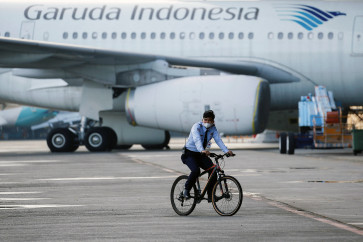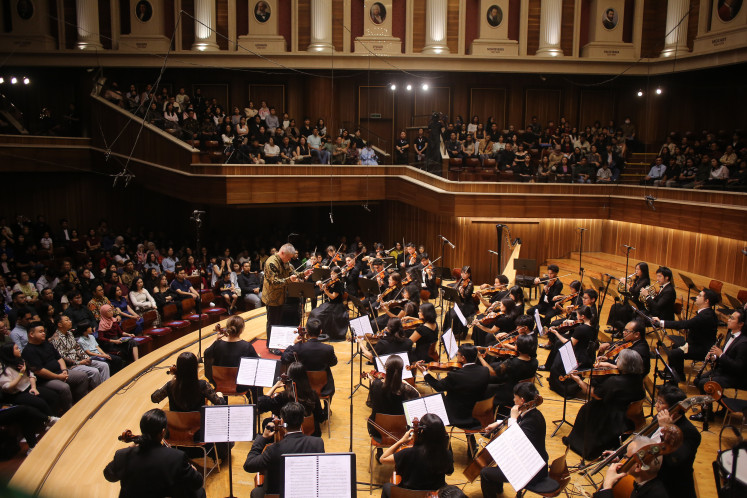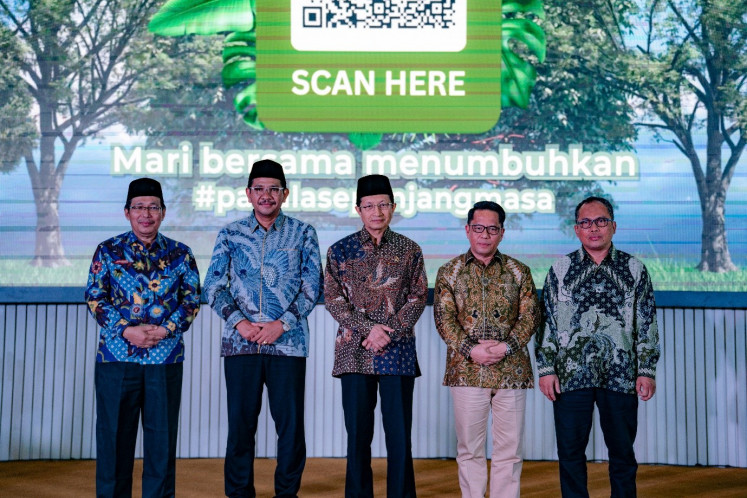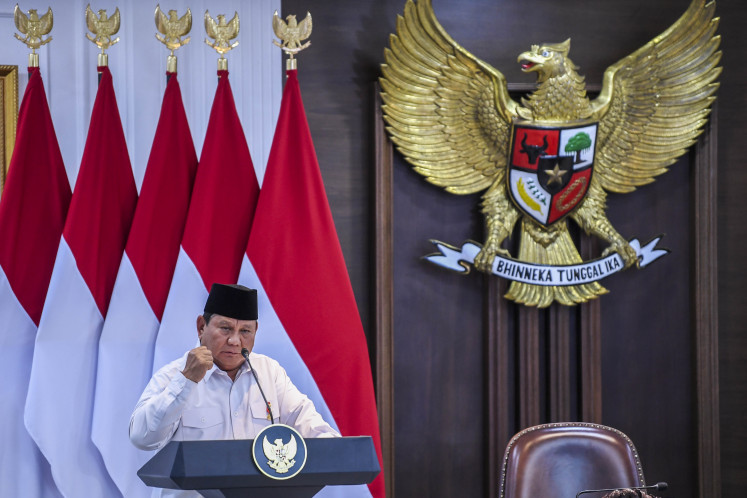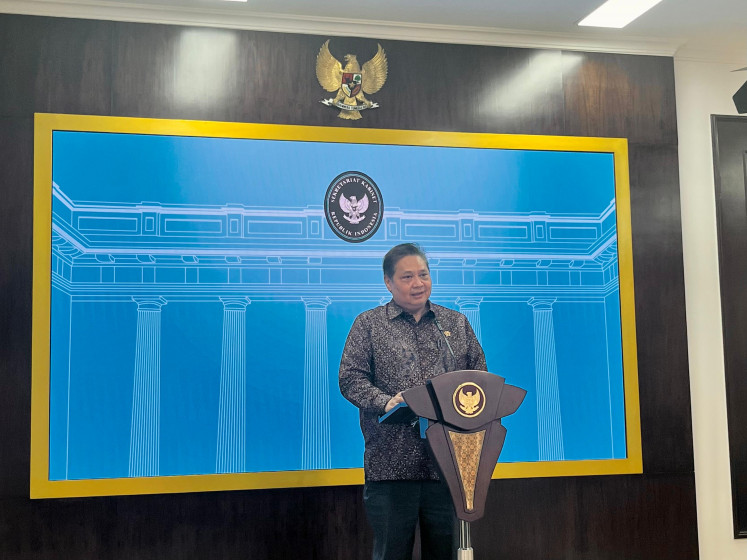UNESCO, controversial custodian of culture
Change text size
Gift Premium Articles
to Anyone
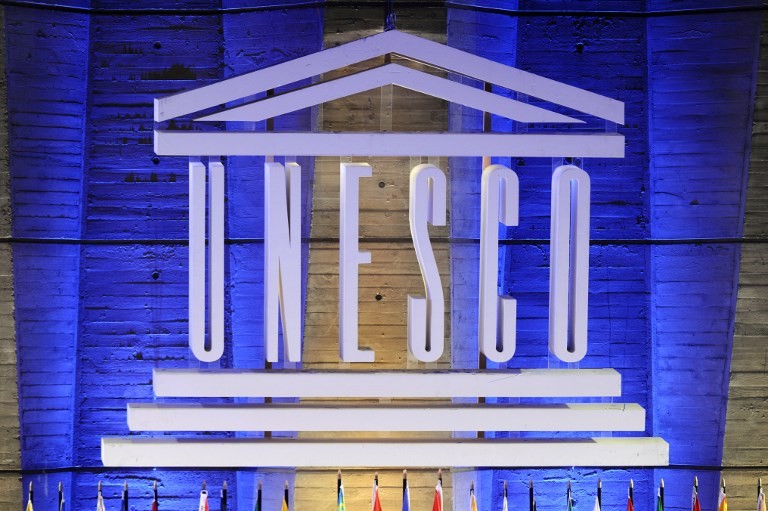 This file photo taken on Sept. 14, 2011 shows a logo of the United Nations Educational, Scientific and Cultural Organization (UNESCO) displayed in front of the organization headquarters. (Agence France -Presse/Miguel Medina)
This file photo taken on Sept. 14, 2011 shows a logo of the United Nations Educational, Scientific and Cultural Organization (UNESCO) displayed in front of the organization headquarters. (Agence France -Presse/Miguel Medina)
T
he United States and Israel announced Thursday they were pulling out of UN cultural body UNESCO -- an organisation that has seen its share of controversy during a 70-year history.
Washington called for "fundamental reform" of UNESCO, accusing it of "anti-Israeli bias." Israel accused the organisation of distorting history.
Here are five facts about the United Nations Educational, Scientific and Cultural Organization:
Read also: US withdraws from UNESCO
195 countries
With 195 member states, the UN's cultural arm says it aims to build peace through education, science, culture and communication.
It is best known for its world heritage listings of outstanding cultural and natural sites.
However, it also promotes the right to education, the use of scientific knowledge for sustainable development and addresses emerging social and ethical challenges.
Its current priorities are listed as Africa and gender equality.
Grand Canyon
The constantly evolving World Heritage List currently names 1,073 cultural and natural sites of importance. To be included on the list, sites must be of outstanding universal value and meet at least one of 10 selection criteria.
Among the most well-known are the Grand Canyon, the Great Wall of China, the Old City of Jerusalem, Ha Long Bay in Vietnam and Victoria Falls in Zimbabwe.
UNESCO also names 54 sites on its list of World Heritage in Danger, including national parks in the Democratic Republic of Congo, which are under threat from war, and the deteriorating historic town of Zabid in Yemen.
Read also: What to Know: 2017 Asian additions to UNESCO World Heritage List
Famous beginnings
UNESCO was founded in 1945 when the UN was created to prevent another outbreak of world war.
However, its roots date back to the International Commission for Intellectual Cooperation (ICIC), which was established as part of the League of Nations in 1922.
The ICIC counted the pioneering physicists Albert Einstein and Marie Curie, novelist Thomas Mann and composer Bela Bartok among its members.
New states, new members
Following decolonisation, 19 African states joined UNESCO in the 1960s.
After the collapse of the Soviet Union, the USSR was replaced by the Russian Federation alongside 12 former Soviet republics in 1992.
Communist East Germany was also a member between 1972 and 1990, before the reunification of Germany.
In 2011 Palestine became the 195th UNESCO member, in defiance of American, Israeli and European pressure.
Read also: No visitors allowed on Japan's men-only UNESCO island
No escape from controversy
UNESCO has been the scene of diplomatic flare-ups in recent years after Arab countries succeeded in passing a number of resolutions critical of Israel.
In May, Israel was infuriated by a resolution identifying it as "the occupying power" in the disputed city of Jerusalem.
In 1956, apartheid South Africa pulled out from the organisation claiming it was interfering in the country's racial problems. It returned in 1994, only after Nelson Mandela became leader.
President Ronald Reagan withdrew the United States' membership between 1984 and 2003, accusing UNESCO of anti-Americanism and corruption.
Britain and Singapore also followed suit, shunning the organisation until 1997 and 2007 respectively.
In 2011 US president Barack Obama pulled funding for UNESCO -- about 22 percent of its annual budget -- for accepting Palestine as a member.

